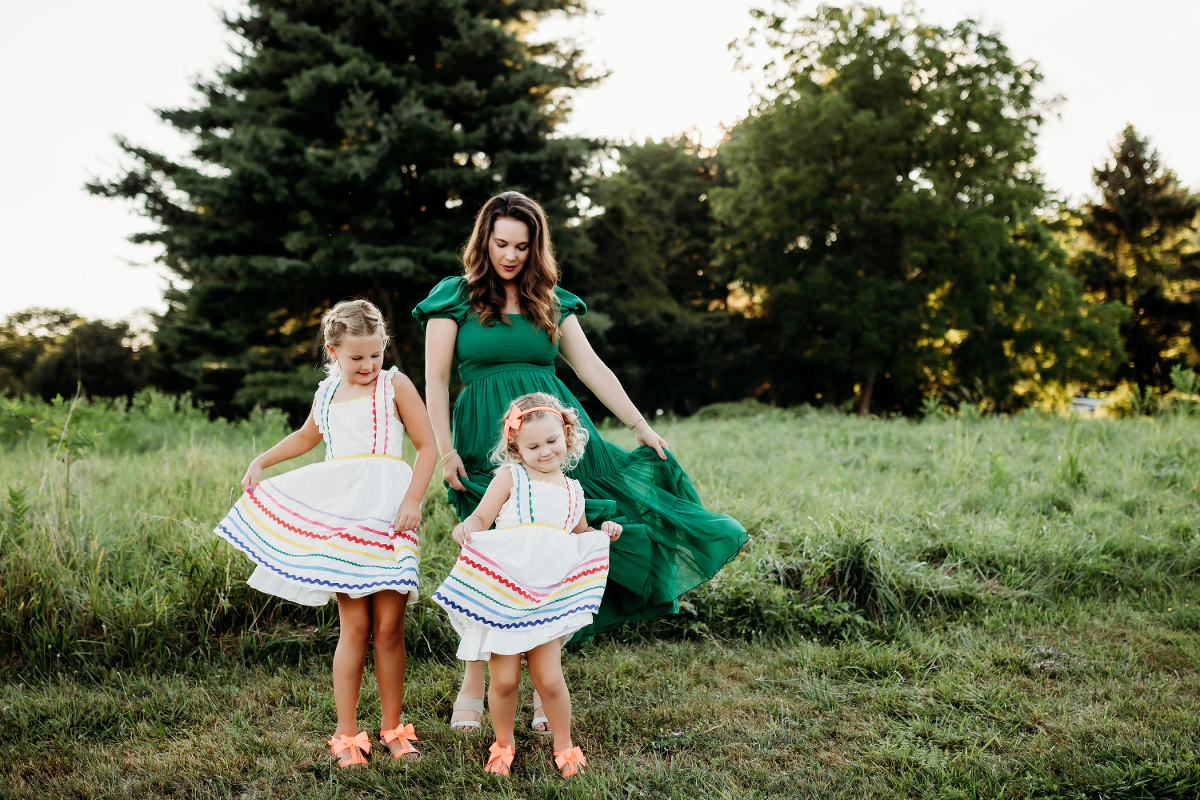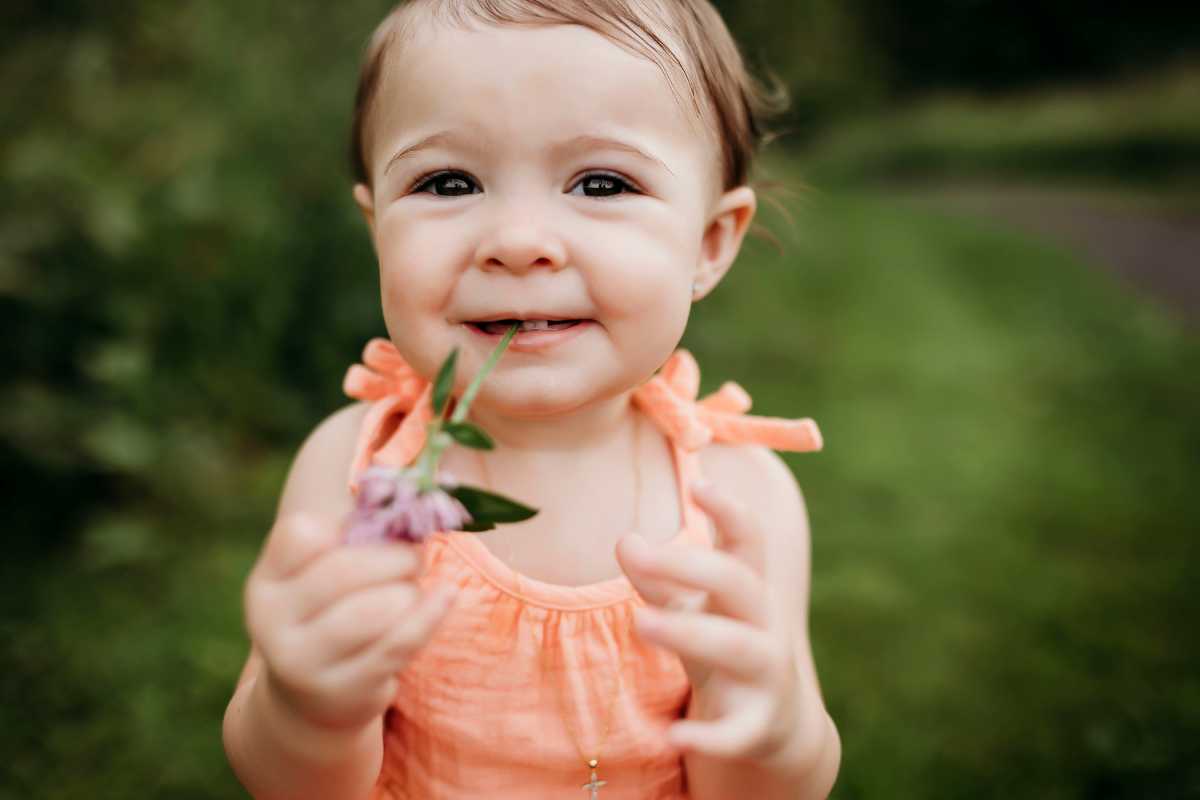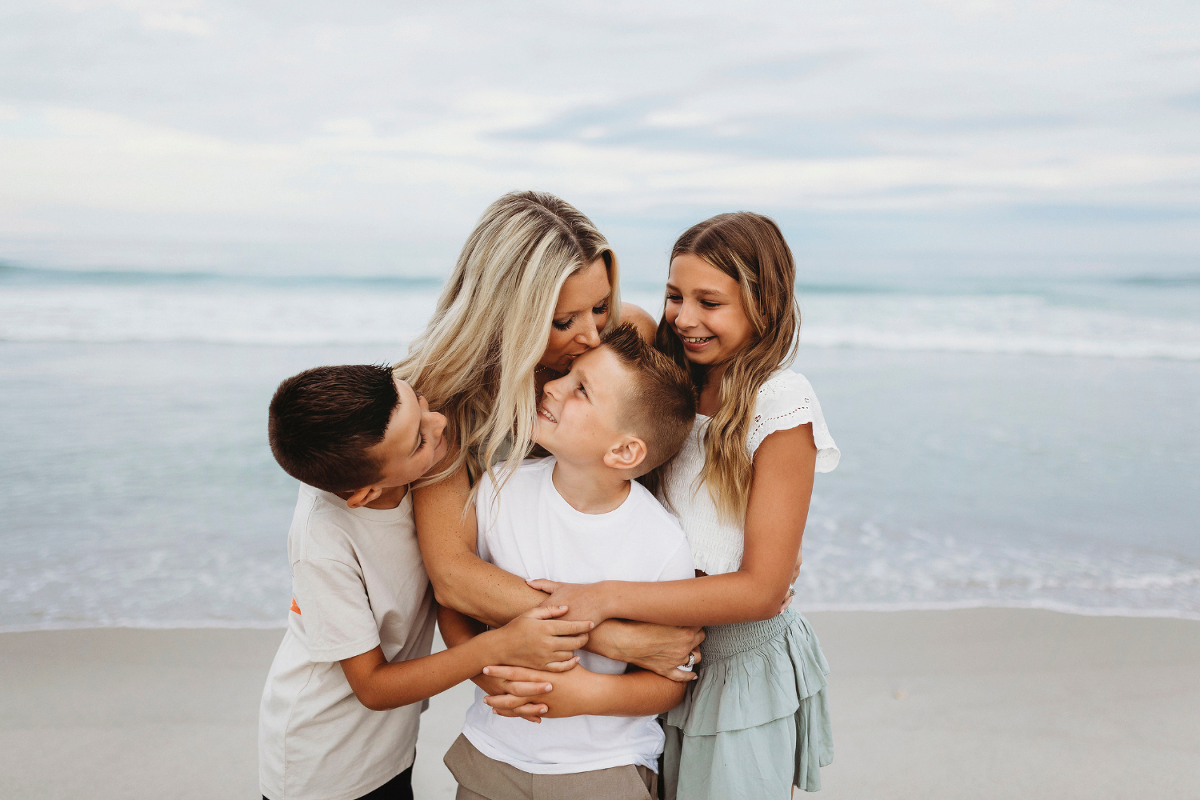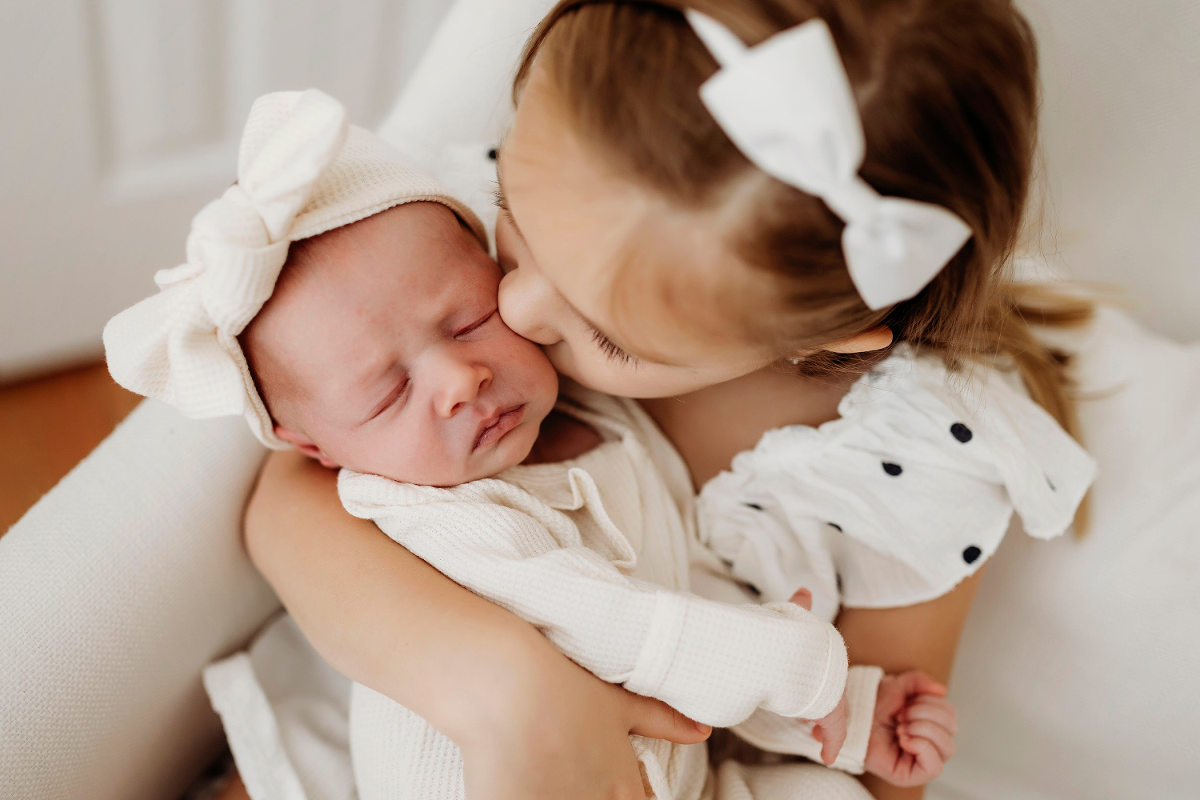It’s a question I get asked a lot. There are a lot of choices so I thought I’d help break it down for you a little bit.
.jpg)
Most entry level cameras come with a kit lens, which is a zoom. A kit lens can be limiting. If you are shooting indoors a lot or you’re trying to get action shots, you might want to consider adding another lens to your camera bag.
There are a few different types of lenses. Let’s talk about zoom lenses first. A zoom lens allows you to be further away from your subject, but still capture a close up shot. This would be beneficial if you are photographing your son at his baseball game and he’s playing the outfield. Or your daughter on the soccer field. One thing to consider – if the lens has a long focal length (200mm or more) make sure it has Image Stabilization to keep the camera from shaking and blurring your images. If you are looking to add a zoom lens to your camera bag, they can get expensive. You don’t need a professional level lens though. Look for one with an aperture of f/4 and you’ll get great shots!
On to the primes. A prime lens is a fixed lens that has only one focal length so you can’t zoom. Prime lenses are known for their image quality and speed, but if you want to get a close up you need to move your feet! A prime lens is great for capturing everyday shots of your children. It’s a great portrait lens because you can use a larger aperture too.
Macro lenses are fun for shooting objects really close up. You could capture a tiny ladybug on a flower or the eyelashes of your sleeping baby. There are macro settings on a point and shoot camera, but a true macro lens will allow you to get super close without sacrificing image size.
And finally, wide angle lenses allow you to fit a lot more in the picture. These are great for capturing group photos or landscape images. Wide angle lenses come as both a prime and a zoom. The wider you get, the more distortion you’ll see. Like super funky fun house mirror distortion. A fisheye is as wide as you can get.
Before you buy, think about what you will be using your lens for. Portraits? Indoor photos? Travel? Landscapes? Close ups of details? Once you nail down your purpose, then you know what type of lens to look into. Since most of you are moms, a lens that works well in low light and gives you a decent amount of bokeh (foreground/background blur) is a good first choice. I always recommend starting with a 50mm f/1.8. You’ll need to get used to ‘zooming with your feet’ but the larger aperture will give you extra light to work with and usually indicates higher quality. High quality lenses are known for being fast, having sharp focus, and being heavier/more durable. They are made of more metal and less plastic. A fast lens has a large aperture because it allows much more light into your sensor, which means your shutter speed can be faster and capture more of the action. The large aperture will also make it easier to blur all of the clutter in the background of your everyday shots.
High quality lenses also means a bigger price tag. If budget is a concern, there are other brands of lenses you could look into. Sigma, Tamron, Tokina perform comparably to Canon and Nikon and are less expensive. I just recently purchased a Sigma ART 50mm 1.4 lens that I have been playing around with.
My second choice would be a 35mm f/2. If you have a cropped sensor camera this will be the equivalent of the 50mm on a full-frame sensor. Read more about cropped sensors here. Here’s a little hint: most DSLRs have cropped sensors.
So tell me, what lenses do you already have in your camera bag? What are you usually taking pictures of?







[…] how do you get it? You need to use a fast lens—the faster the better. Something with at least an f/2.8 aperture (smaller is better!). […]